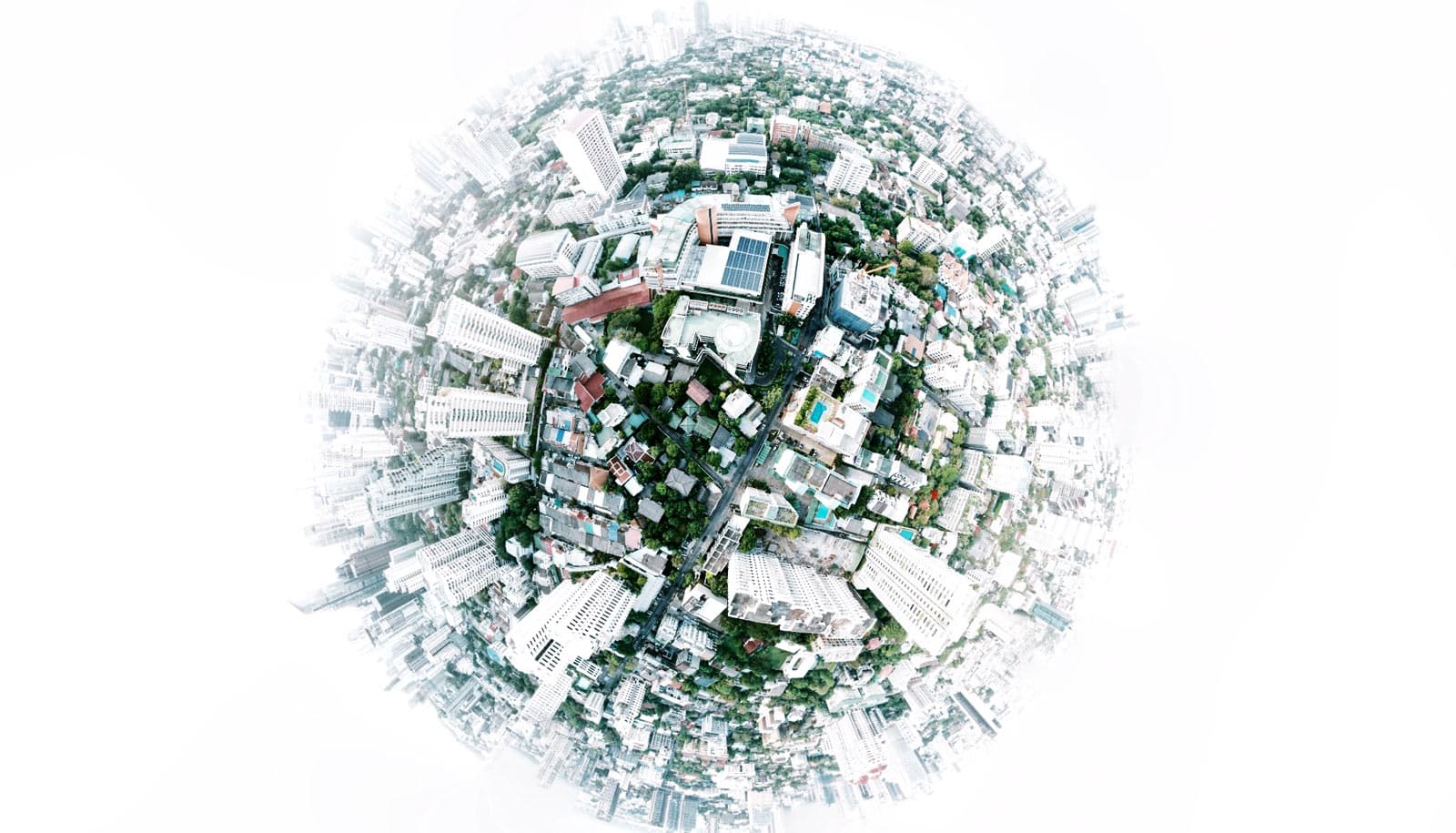Hermit crabs can teach us about wealth inequality, according to a new study.
The distribution of the empty snail shells in which hermit crabs live was surprisingly similar to the distribution of wealth in human societies, the research finds.
“Although people and hermit crabs are unlike in many ways, there is one big similarity: humans and hermit crabs both have possessions,” says lead author Ivan Chase, professor emeritus of sociology at Stony Brook University.
“Hermit crabs have soft abdomens and so they must live in and carry around empty snail shells as protection against predators. Hermit crabs grow throughout their lives and periodically they must find new and larger snail shells.”
The researchers took a sample of nearly 300 hermit crabs, removing them gently from their shells, and measuring the weights of those shells to make their discovery.
The team used a measure called the Gini coefficient to calculate the amount of inequality in the crabs and found it was similar to that in small-scale human societies such as hunter-gatherers and ancient farming communities.
“The forces that produce wealth inequality in humans are much more complex,” Chase says.
He believes, however, that by observing and documenting hermit crab activity with shell distribution and redistribution, we may gain insights into wealth inequality, and the crabs themselves could serve as a model organism to study this complex and difficult problem in human society.
“Our research provides a a reference point, a kind of a baseline to help us look at our own inequality. It demonstrates that inequality is natural—at least in a certain way of speaking—and that it can exist even in a species that is very different from us, a species that doesn’t have an economy, that doesn’t have culture, and—as much as I might like them—one that is not nearly as smart as we are,” Chase says.
“However, I think that our research also suggests that the extreme level of inequality that we see all around us is probably something unique, something that is only found in large-scale human societies of the sort that most of us live in today.”
The study appears in Physica A.
Source: Stony Brook University


